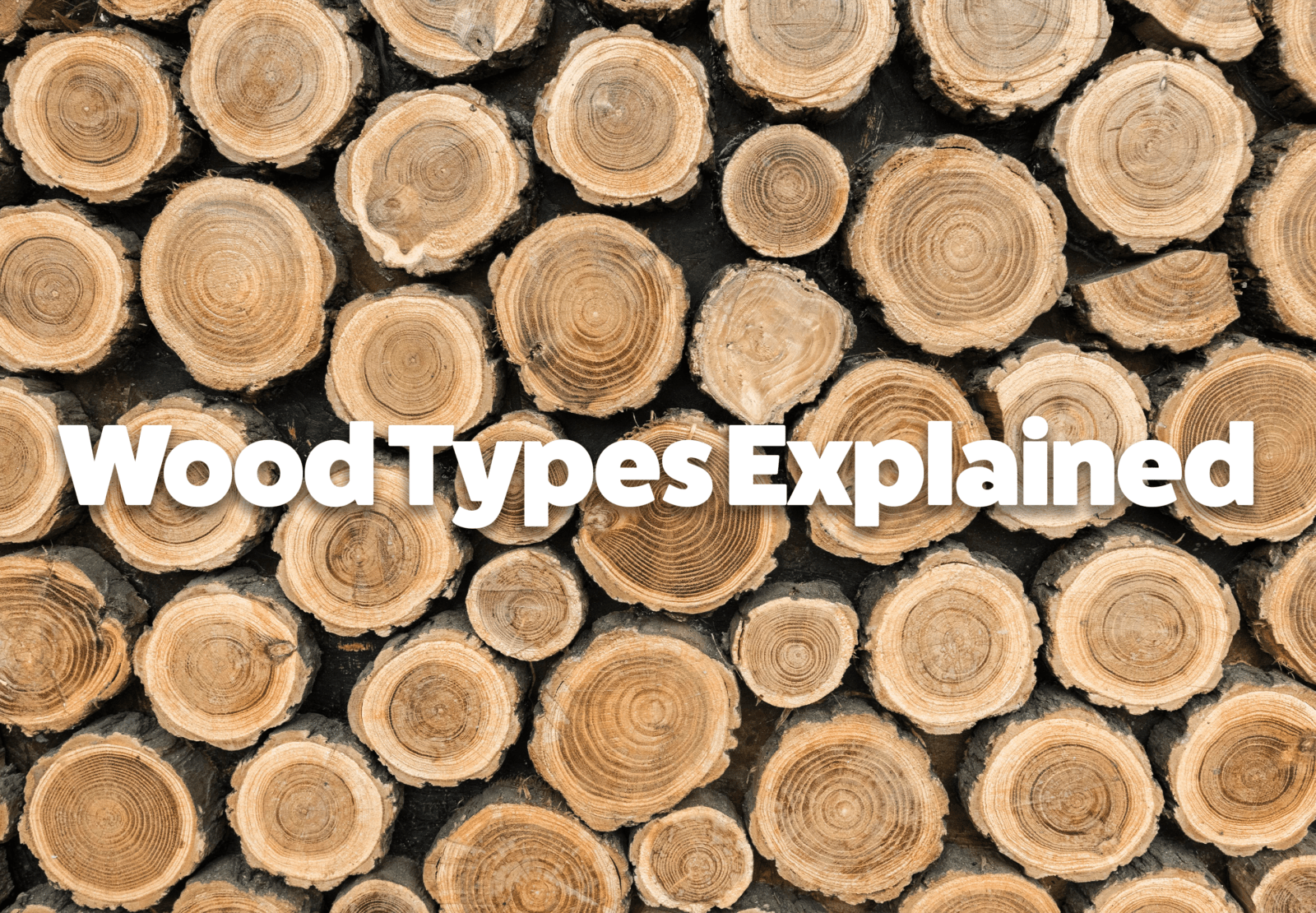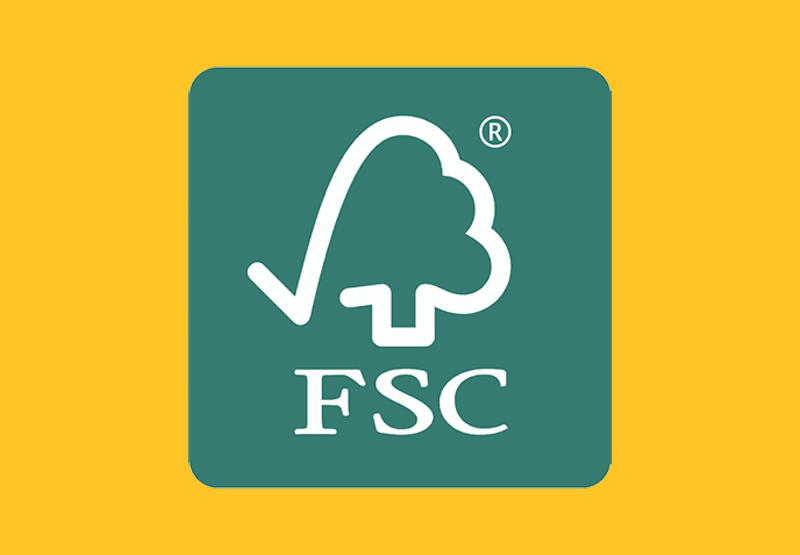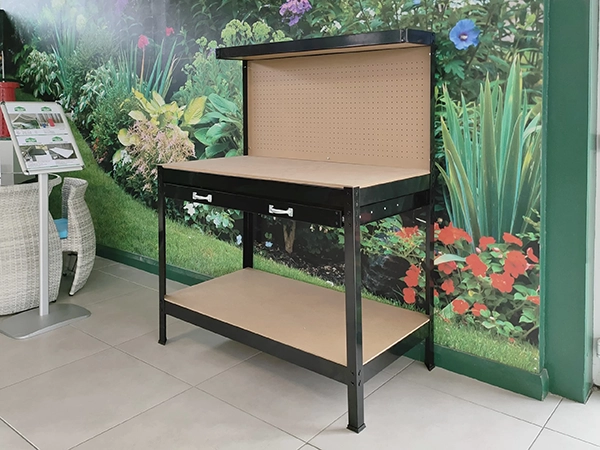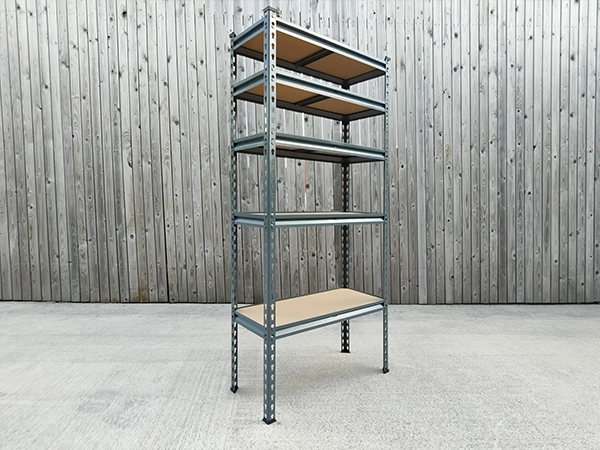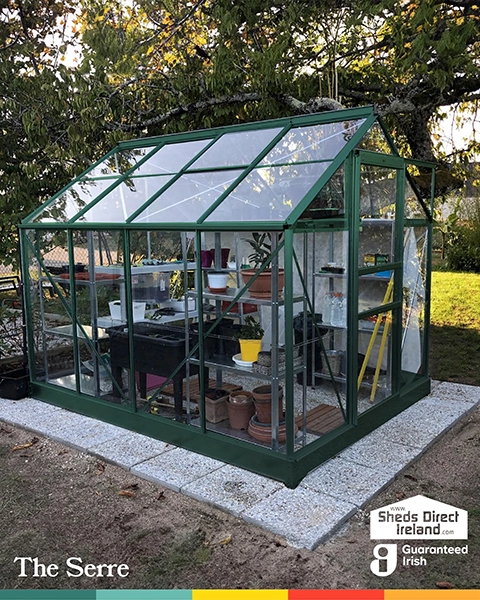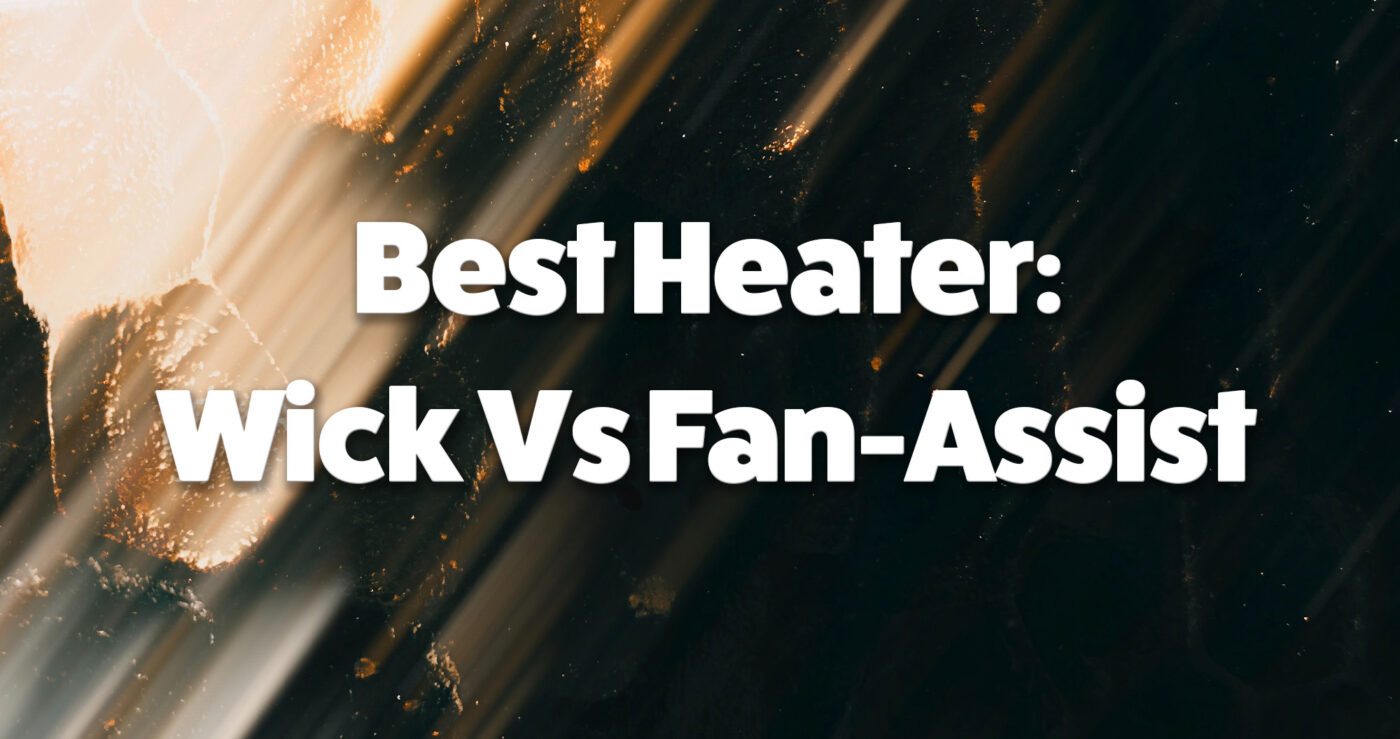Save Money
Best Heater: Wick Heaters VS Fan Assist Heaters
Best Heater: Wick or Fan-Assisted
So, you’re in the market for a new heater and you’ve been told that Paraffin heaters are very cost-effective. However, you’re confused about the difference between wick heats and fan-assist ones. Well relax the cold noggin, we’re here to clear up any confusion between the two. So, strap in, you freezin’ beauty – and let’s start with a factor than most people base their whole decision on:
Initial Cost of the heater
It doesn’t take a genius to work out that Fan-Assist Heaters are more expensive at the checkout. Our most affordable Fan-Assist heater, the Inverter Heater comes just under the €400 mark. The Wick Heater with the closest similar power output to the Inverter, the Glow Wick 290 comes in at about €260. There’s a pretty obvious winner in this respect. I mean just think of how many Freddo Bars you could buy with that saving, for a start.
Sure, these heaters don’t have the same features, but overakk, Wick-Heaters are notably cheaper at the checkout. We’ll look at the long term cost after we look at some other things first, such as how they’re powered – For now, though, we have a winner.
Initial Cost Winner: Wick Heaters
Power Source
The Fan Assist Heaters require mains power (i.e. a plug) to operate. They really only need it to get started, for maintenance of the internal thermostat and for their digital display, but they do require a mains power connection at all times to operate at all. The good news is that their electricity usage is minuscule (less than 1c an hour). Fan-Assist heaters can pump out hot air that bit quicker, but they are limited to a place where there is a plug socket nearby.
Your Wick heaters won’t require a plug, they can be lit manually, by lighting the wick with a match/fire starter. If you want an automatic-start, you can use batteries (C type batteries) to light the heater at the push of a button. This means they’re super portable and can even be taken camping etc (just keep an eye on them in the elements!). The downside is that they radiate heat, rather than blow it out by a fan. They can be a little more ‘finicky’ as you’ll need to hold the button and wait for them to ignite (even with batteries), whereas fan-assist heaters look after themselves after you turn them on.
It’s swings-and-roundabouts here, folks.
Power Source Winner: Draw.
Best Heater for Portability
It should come as no surprise to learn then that Wick Heaters are considerably more portable. We even have a camping stove Wick Heater (check it out here) that can be taken with you when you’re out marching about on the moors or fishing in January.
While Fan Assist heaters aren’t heavy, they’re going no further than the nearest plug will allow. If you want to know what the best heater for portability is, it’s simple. It’s a wick heater.
Portability Winner: Wick Heaters
Power
We’ve included this because people often ask ‘which is more powerful’? The power is denoted by the KW output. It’s as simple as that. The inverter has a 3.2kw output, whereas the largest wick, the Glow Wick 290 only has a 2.9kw heat output.
Power Winner: Fan-Assist.
Heaters’ Features
All our heaters are CE approved and have anti-topple sensors for safety (excluding the camping stove, which cannot be used indoors because of this). That’s where the similarities end.
Fan Assist Heaters have more features than a new Amusement Park. They’ve Carbon Monoxide Alarms, a 24-hour programmable mode and child safety locks. They’re a great, safe heating option and the programmable timer function means you can wake up warm too. That in itself is worth the extra few quid during the Winter months, I reckon. These are all nice additions, but ones which are all reflected in the higher price of the unit.
Wick heaters have none of these function. They function perfectly well as heaters, but they’re a far simpler option overall. The best heater if you’re looking for safety, modern technology and fuel consumption is the fan-assist heater.
Winner, Winner, Chicken Dinner: Fan Assist Heaters
Fuel Usage
It wouldn’t be silly to think that two similarly powered heaters would use the same fuel, but one of the features we didn’t mention above, moves the goalposts.
Our Fan Assist Heaters have an Eco Mode button. This not only saves you fuel, but it means you don’t have to get up to adjust the power. It’s like having Captain Planet sitting on the couch beside you. It’s the best heater function available on any of the heaters that we offer.
In a nutshell, when pressed, the Eco Mode makes the heater use its internal thermostat to regulate the temperature and save on fuel. Say for example you like the room at 22 degrees. You dial this into the fan assist heater and when the heater reaches this, the internal thermostat sends a message to the fan to stop pushing out hot air. The fuel is put on hold and it’s only used when the heater senses the temperature is dropping below your desired temperature of 22°. It’s fantastic. It saves you about 10-20% of fuel on average, too.
Wick Heaters don’t have this option. As a result, unless you’re monitoring it yourself, the heater won’t turn off by itself and you might end up with an overly hot room.
Winner: Fan Assist Heaters
Best Heater for Long-Term Cost
You’d be a right auld eejit if you thought that the price at the till is the only cost of any importance. Paraffin Heaters are considerably cheaper to run than the alternatives. However, they still have an on-going fuel cost, much like a car would.
As noted above, the Eco Mode is going to save you fuel in the long run. So overall, if you have a Fan Assist heater, like the Inverter, the amount of fuel used to maintain a room’s temperature will be considerably less. There are other costs that need to be considered too.Wick Heaters, unsurprisingly, need a wick to heat. You will need to replace these wicks on average, every 2 years. Replacement wicks are only €25, so they’re not going to break the bank. But if you don’t look after your wick correctly (i.e. not letting it steep long enough on the first insertion before lighting, etc.), you might be looking at replacing them a lot sooner than expected.
The Inverter doesn’t require a wick, but it does require mains power (i.e. a plug), but as stated already it uses minimal electricity. Overall, the eco-mode is the only major difference here.
Winner: Fan Assist Heaters
Ease of Use
Wick Heaters are exceptionally easy to use. Press a switch and that’ll get the wick burning. Changing the Wick is probably as hard as it gets, but even then there are a load of YouTube videos on how to do this. If you need something simple, you’ll do well to find something easier than the Wick Heater.
Fan Assist Heaters are a bit more technical. They’re by no means difficult to use, but you might need to read the manual to set the 24-hour programmable option or child-lock feature, for example.
You refill the fuel on these heaters in the same manner, so there’s no difference between them here.
Winners: Wick Heaters
Best Heater: Result
A real score-draw. There is no better heater, really – it’s horses for courses. I know, what an anticlimax.
If you want a high-tech, intelligent heater with a fan to heat a room nice and quickly, the Fan Assist Heaters are for you.
If you you want something inexpensive, simple and that doesn’t need mains power, you can’t get better than a Wick Heater.
And regardless of what heater you choose, remember one thing – don’t put bleedin’ kerosene in them.
Do you want to see some dandy heaters? Well then, you can check out our full range of Paraffin Heaters
Have you read this lovely blog and still feel lost? You can call us at 018644247, if so. You can message us on Facebook or visit us at our Finglas Showroom too.



